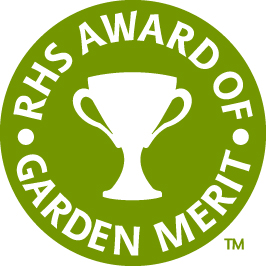
Perennials > Helleborus > Helleborus corsicus > Helleborus corsicus
Helleborus corsicus
Holly-leaved Hellebore
Origin: Corsica and Sardinia.
| Family |
| Ranunculaceae |
| Genus |
| Helleborus |
| Species |
| corsicus |
| Category |
| Perennials |
| Synonyms |
| Helleborus lividus subsp. corsicus, Helleborus argutifolius |
| USDA Hardiness Zone |
| 7b |
| Canadian Hardiness Zone |
| 8 |
| RHS Hardiness Zone |
| H5 |
| Temperature (°C) |
| -15 – -10 |
| Height |
| 0.5-1 metres |
| Spread |
| 0.5-1 metres |
Photographs
Description and Growing Information
Flowering Period
| General Description |
| An evergreen perennial to 1 m in height. |
| Landscape |
| Flower borders and woodland and natural landscapes. |
| Cultivation |
| Grow in neutral to alkaline soils that are moist, fertile and humus-rich. Partial shade is ideal but can tolerate full sun. |
| Shape |
| Clump-forming. |
| Growth |
| Medium |
| Pests |
| Aphid, snails, and leaf spot. |
| Bark/Stem Description |
| Stems broaden slightly at the point where the flowering shoot emerges from the stem to carry a head of 20-30 flowers. |
| Leaf Description |
| Strong stems with leaves composed of three spiny-toothed dark green leaflets. |
| Flower Description |
| Bowl-shaped, nodding, pale green flowers 4-5 cm in width borne in large open clusters. |
| Notable Specimens |
| Trebah Garden Trust, Mawnan Smith, Falmouth, Cornwall, United Kingdom. |
| Propagation |
| By sowing fresh seed. |
